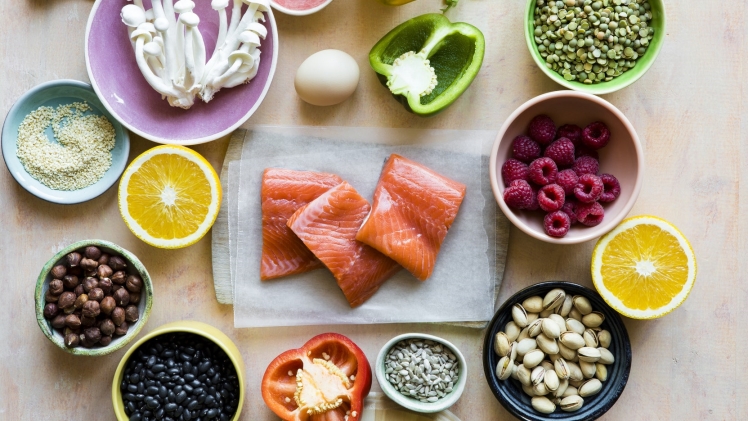The thousands of proteins that make up our bodies are assembled on demand from some 20 different amino acids. What are these amino acids, and where do they come from? The protein from the meat we ate last night is not directly incorporated into our muscles. The proteins in the foods we eat are digested first into small “peptides.” Some of these peptides are further digested into their constituent amino acids.
Only amino acids and small peptides are actually absorbed by the small intestine into the bloodstream. They are then delivered to the liver, muscles, brain, and other organs, where they are used to make new proteins or converted to other amino acids needed by those organs Of the 20 amino acids that make up all proteins, 9 are considered “essential” because they cannot be made in our bodies and must be obtained from the foods we eat.
Of the remaining 11, some are essential for infants and persons with certain diseases (see sidebar: Amino Acid Classification, page 25). The rest of the amino acids are considered “nonessential,” because our bodies can make them in adequate amounts, if necessary. Nevertheless, they are easily supplied by eating a well-balanced diet that includes a variety of foods.
Lastly comment
Most foods contain protein. Some foods are better sources of protein than others. “Complete” proteins are those that contain all the essential amino acids in amounts needed to synthesize our body’s proteins. The best sources of complete protein are lean meats and poultry, fish, low-fat dairy products, and eggs (see Part II, High-Protein Foods, page 291, and Dairy Foods, page 345).

